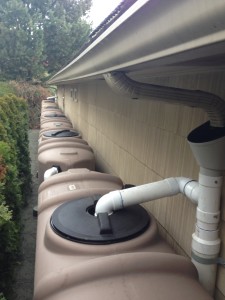 Here is a series of articles previously published by RainBank, on how to build a rainwater collection system.
Here is a series of articles previously published by RainBank, on how to build a rainwater collection system.
The first post in the series focused on how all rainwater collection systems begin at the roof and gutters. Regardless of purpose, i.e. irrigation, supplementation or drinking, debris must be removed before storing rainwater.
The second, third, fourth and fifth posts in the series talked about tank types, tank sizes, how to keep water clean and kinds of filters to consider for your system.
In post six of the how-to build a rainwater collection system series, we cover managing aesthetics so your system fits into your landscaping design.
If you’re interested in learning about how to install a rainwater collection system, take a look back at these helpful articles.
If you want to continue to read about rainwater collection and harvesting, remember to click the box below, to receive an email when a new post is launched on this blog. Thanks for reading!

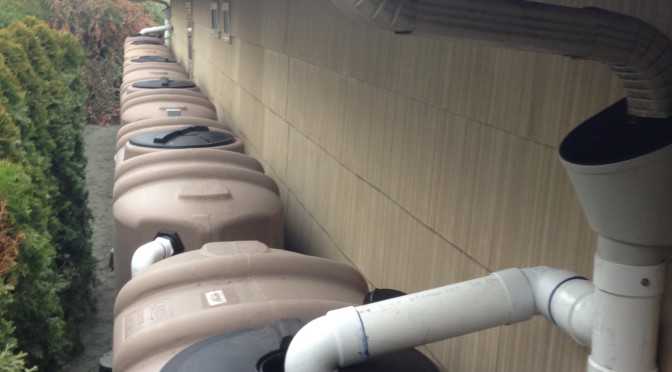
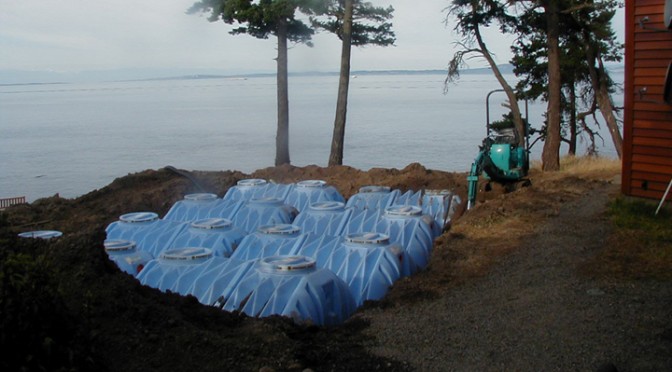
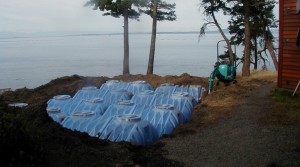 Are you concerned with the aesthetics of above ground water storage? Then underground storage may be right for you.
Are you concerned with the aesthetics of above ground water storage? Then underground storage may be right for you.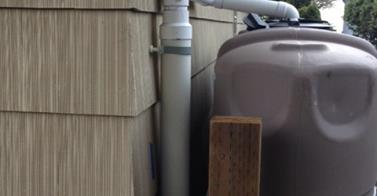
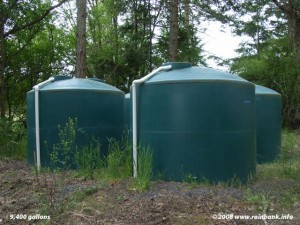 This is Part 4 in the series “How to Build a Rainwater Collection System”. Click to see parts
This is Part 4 in the series “How to Build a Rainwater Collection System”. Click to see parts  Sizes vary from a simple 50 gallon rain barrel all the way up to 10,000 gallons. All should have a UV protection warranty for at least 8 years. Dark colors are recommended to alleviate light penetration which can cause algae growth. Multiple tanks can be manifolded together to achieve the volume of storage needed. Keep in mind that plumbing should be under ground for frost protection.
Sizes vary from a simple 50 gallon rain barrel all the way up to 10,000 gallons. All should have a UV protection warranty for at least 8 years. Dark colors are recommended to alleviate light penetration which can cause algae growth. Multiple tanks can be manifolded together to achieve the volume of storage needed. Keep in mind that plumbing should be under ground for frost protection.